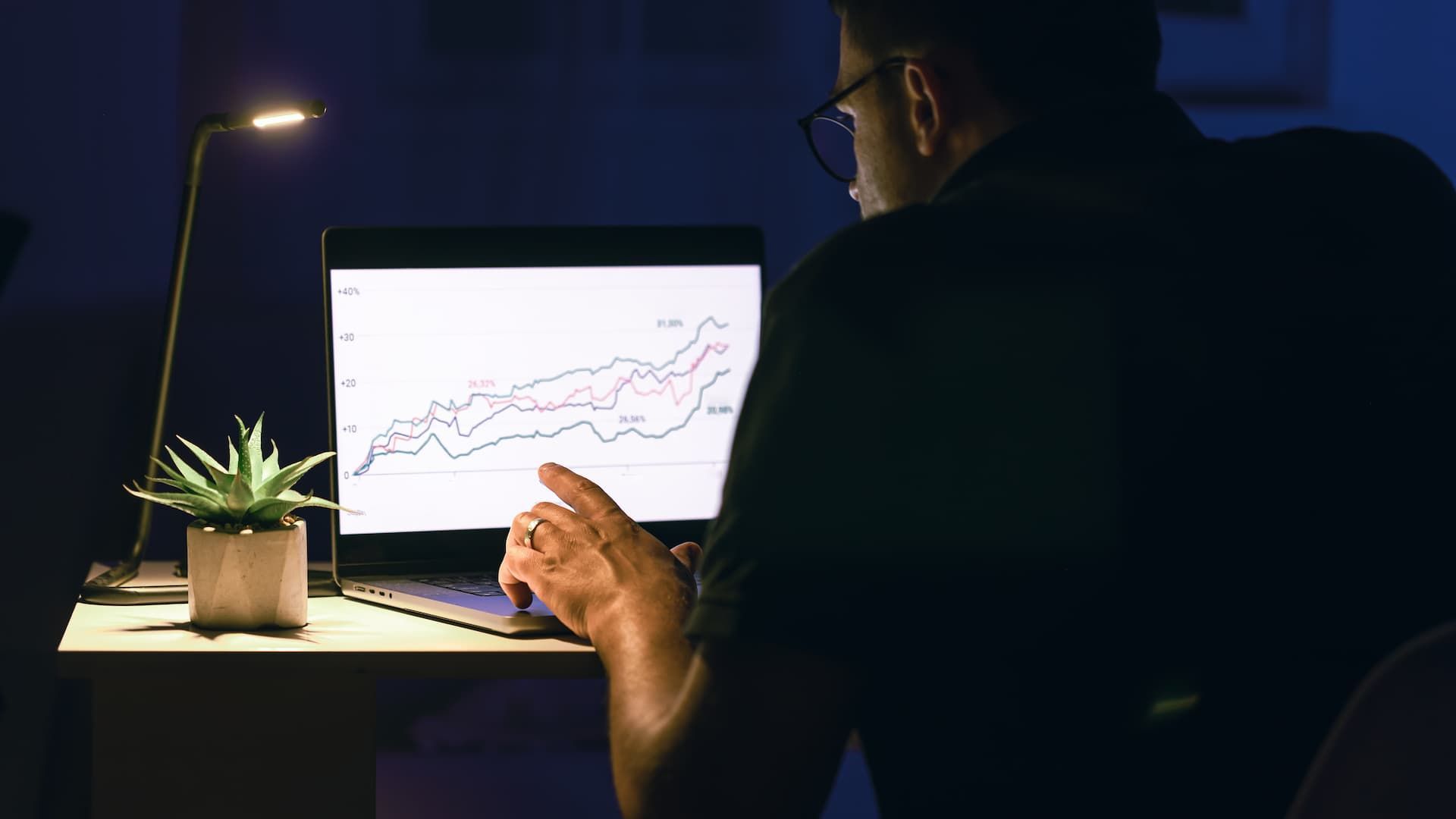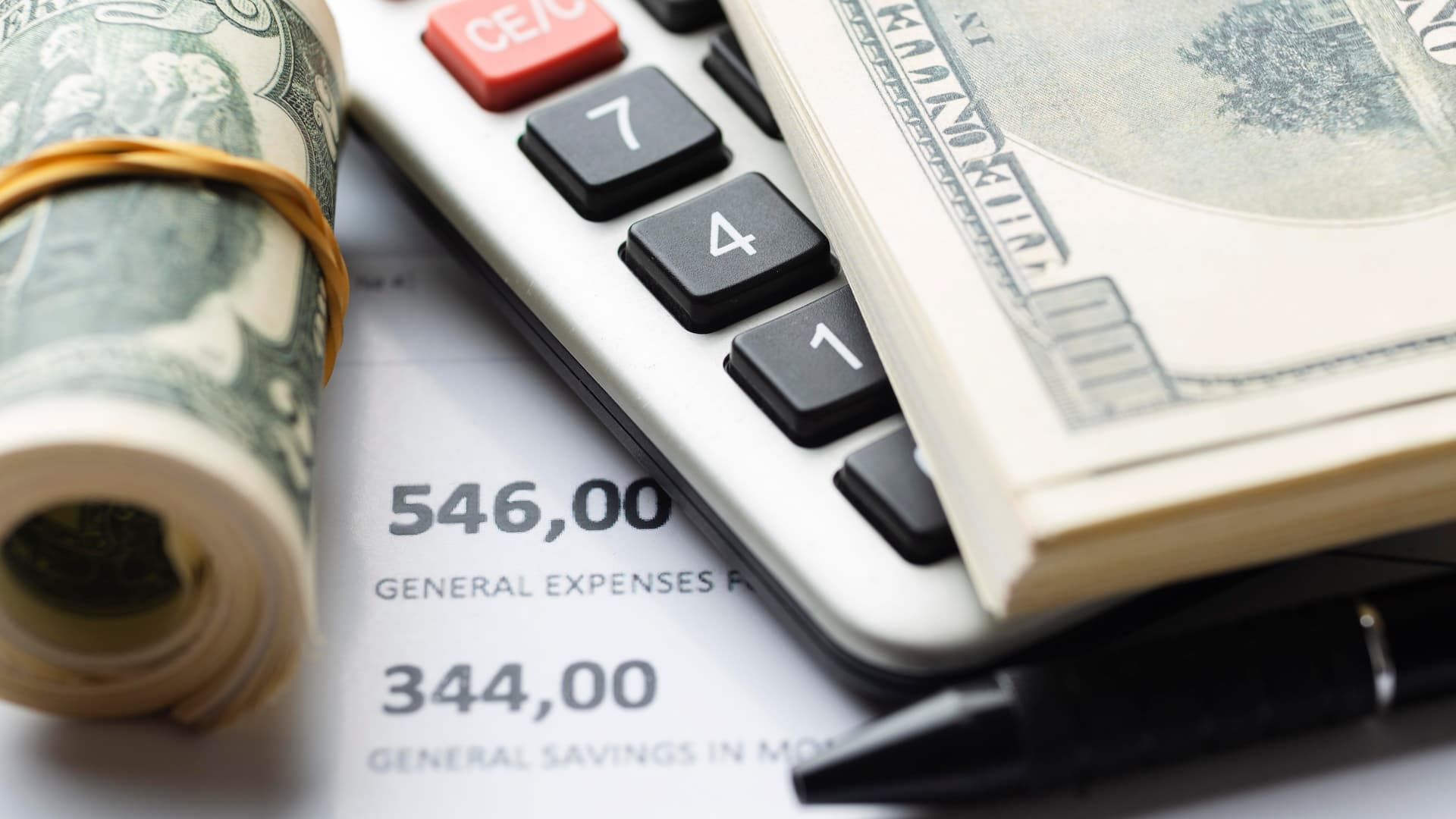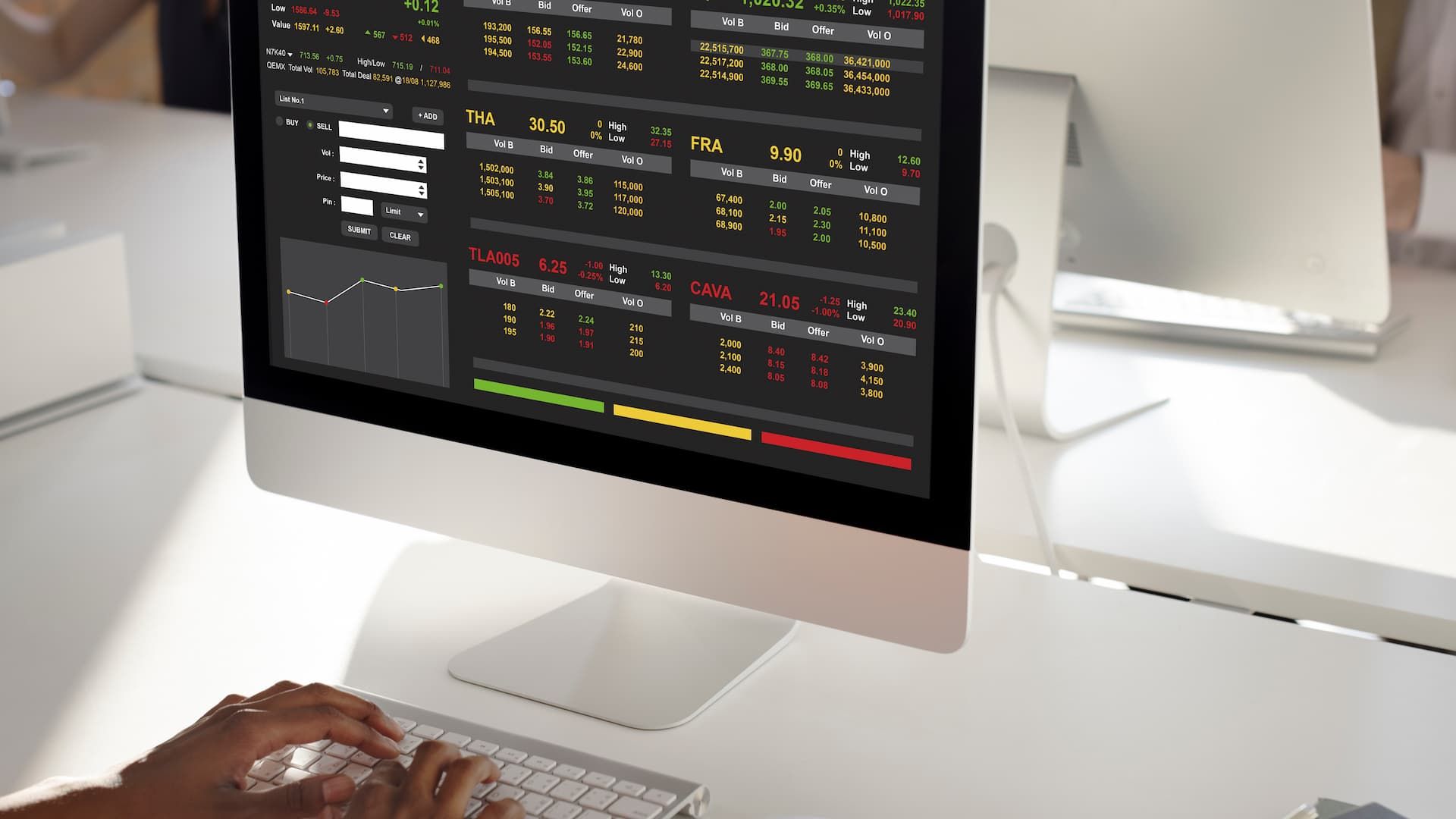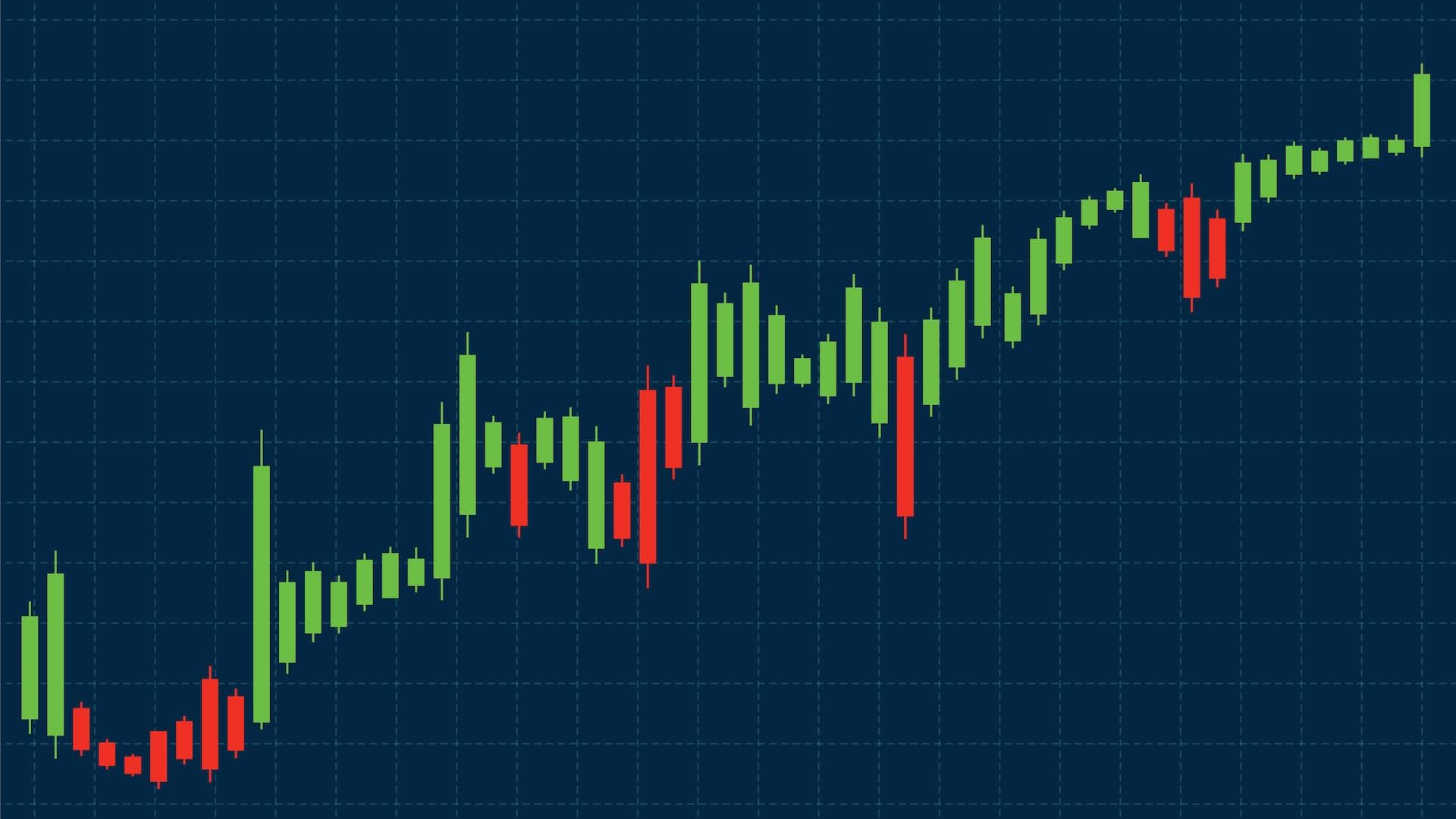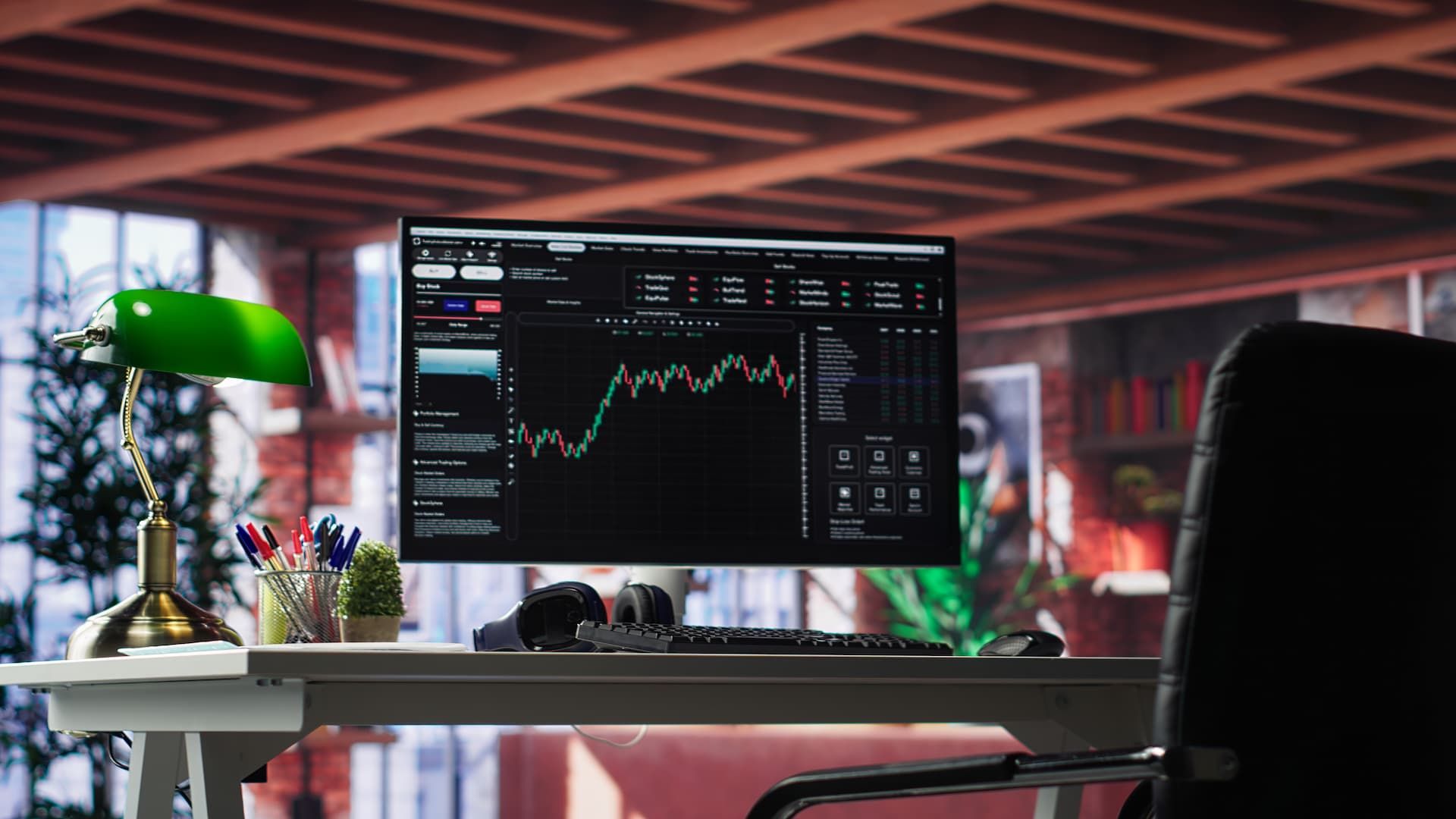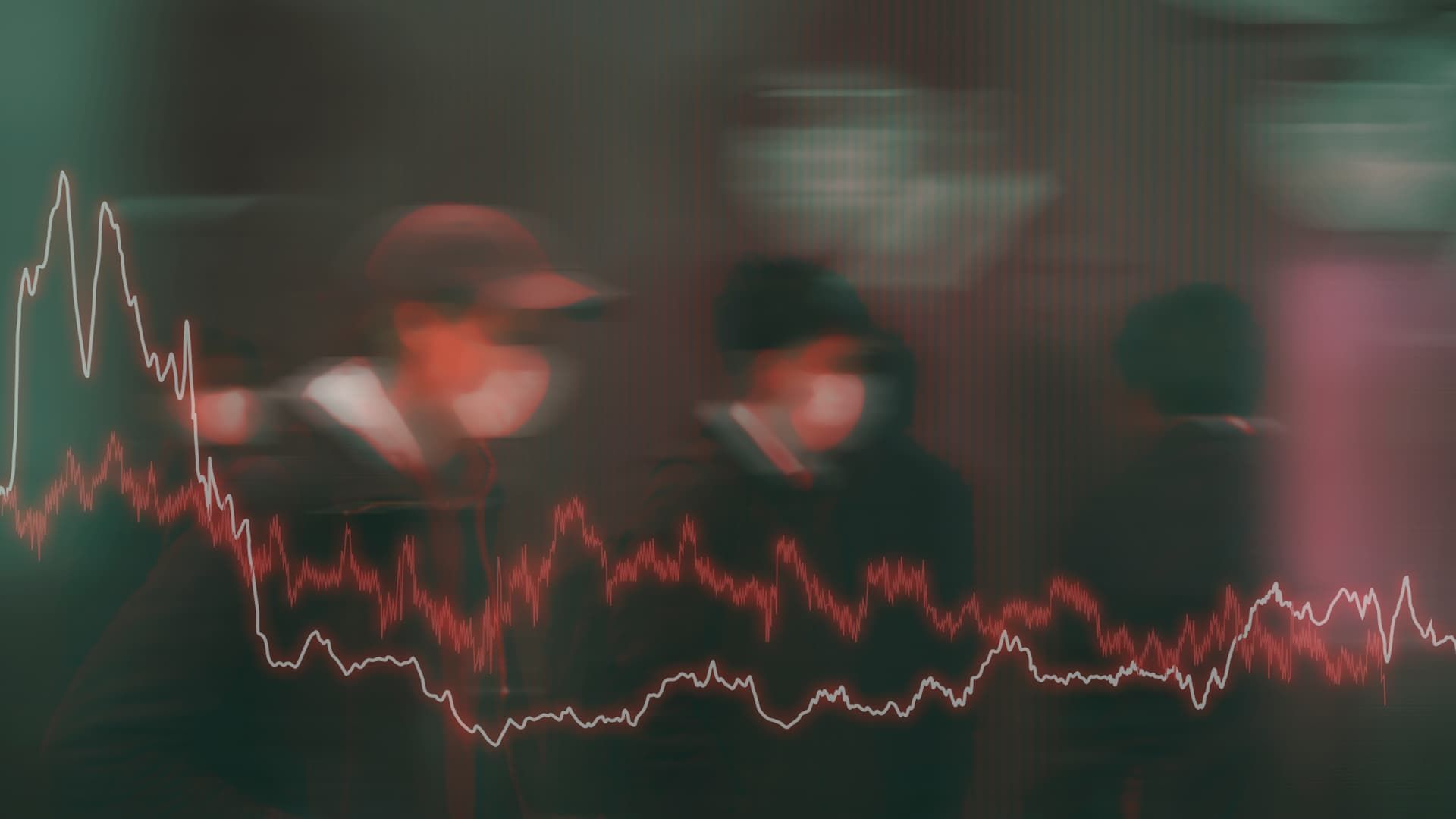In trading, getting your order filled at the right expected price and time can make or break a deal. Execution speed is how fast it happens, and slippage is the gap between the expected price and the actual execution price. Slow fills or bad slips eat profits, especially in fast markets like forex or stocks. This piece breaks down why they count, what causes slips, and ways to fight them. Whether you're a day trader or long-hauler, nailing this stuff sharpens your edge without fancy gear.
The Importance of Execution Speed in Financial Markets
Execution speed is the heartbeat of trading. It's not just tech talk, it's about surviving the market's rush. Here, we'll look at why it pairs with slippage to trip up traders, its job in wild swings, and how it tips the scales on wins.
Why slippage and execution speed matter for traders
Speed and slippage hit your bottom line hard: a half-second delay or 2-pip slip on a 10-trade day adds up to real cash lost. Traders need them tight to grab edges in competitive spots like scalping, where milliseconds decide if you catch the move or watch it pass. Slippage is the gap between your specified price or desired price and the current market price; it turns "sure" profits into breakevens; slow execution misses entries, letting volatility run away. Pros pay for low-latency brokers because in forex, where news flips pairs 50 pips in seconds, ignoring this is like racing with flat tires.
The role of order execution in volatile markets
In volatile spots, like post-earnings or Fed news, execution keeps you in the game. Fast fills let you ride surges before reversals; slow ones leave you exposed, turning longs into shorts mid-move. It stabilizes strategies: algos thrive here, but retail traders need reliable brokers to match. Poor execution amplifies vol–orders bunch up, worsening slips. Think crypto crashes: quick exits save skins, lags bury them.
How execution speed influences trading outcomes
Faster speed boosts outcomes by nailing entries/exits closer to targets, studies show sub-100ms brokers cut effective spreads 20%. It compounds: consistent quick fills build win streaks, while delays stack losses in trends. In HFT worlds, it's survival; for us mortals, it filters brokers and times trades. Bottom line: speed turns marginal setups profitable, slow drags them red.
Understanding Slippage
Slippage is that annoying gap between the price you see and what you actually get. It's inevitable in fast markets but understanding it keeps surprises low. We'll break down how it happens, the good vs. bad kinds, and why it can quietly tank your edge.
How does slippage work in financial markets
Slippage kicks in when your order executes at a different price from your request, usually due to speed or depth issues. Market orders (buy/sell at best available) are prone: you click buy at $100, but by fill time, it's $100.50 on a surge. It happens in gaps between quotes, brokers route to exchanges, and if liquidity's thin, the next price is worse. In forex, it's pips; in stocks, cents. Limit orders fight it by capping prices, but no fill if missed.
Positive slippage vs. negative slippage explained
Positive slippage is a gift: you get filled better than expected, like ordering sell at $99 but hitting $98.50 in a drop, extra profit. Negative's the thief: buy at $100, fill $100.20 on a spike, costs you. Positives shine in calm, liquid times; negatives bite during news or closes. Over time, markets tilt negative due to momentum–traders chase up, lag down. Track yours: if negatives dominate, switch brokers or times.
The impact of slippage on trading performance
Even small slips compound: 1-pip negative on 100 trades at $10k each? That's $1k gone, slashing your 5% win rate edge in half. It hits scalpers hardest, tiny margins vanish, while swing traders shrug it off. Boosts costs like a hidden fee, inflating drawdowns in vol spikes. Flip side: positives pad winners, but they're rarer. Net effect? Erodes profitability; pros measure it monthly to tweak strategies or platforms.
Key Factors Behind Slippage
Slippage doesn't strike randomly; it's tied to market guts like vol and crowds. Here we dig into volatility's role, why liquidity saves you, and how speed demons shake things up.
Market volatility and its effect on execution
Volatility widens spreads and thins books–prices jump wildly, so your order lands farther from the quote. During NFP, EUR/USD might gap 50 pips; slow execution means you buy the peak, not the dip. It amps negatives: momentum runs before fills. Calm markets? Minimal slips. Measure with ATR: over 1% daily? Brace for hits–shorten holds or widen stops to absorb.
High liquidity periods and their importance
Liquidity is depth, lots of orders at tight prices, like London-New York overlap, where forex hums. High times cut slippage: more buyers/sellers mean fills at quotes, positives even pop up. Thin spots, like holidays or after-hours stocks, inflate it, and spreads balloon 10x. Trade majors in peaks: GBP/USD at 8 AM GMT sees 0.2-pip slips vs. 2 in Asia. Hunt volume data; it's your shield.
How high-frequency trading changes slippage dynamics
HFT bots flood markets with speed, sub-microsecond fills that tighten spreads but create flash chaos. They snatch liquidity on spikes, worsening retail slips: you see $100, they front-run to $100.10. Positives? Overall efficiency drops average. In algos' world, HFT narrows normal slips but amps them in news–retail gets sandwiched. Counter: use VPS near exchanges or ECN brokers to level the field.
Slippage and Trading Orders
Orders are your tools for fighting slippage; picking the right one shapes how your trade lands. This bit covers limits for control, markets for speed, and how execution ties into the slip game.
Limit orders and their role in minimizing slippage
Limit orders set a max buy or min sell price; you only fill at that or better, dodging worse executions. In a forex spike, a buy limit at 1.1000 won't grab 1.1010 if it gaps up. They cap negatives but risk no-fills in fast moves. Use them in ranges or news for precision; pair with stops for protection. Pros: slippage is zero or positive. Cons: misses if the price runs away.
How market orders differ from limit orders
Market orders grab the best available price now. You hit buy, it fills at whatever's quoted, good for urgent entries like breakouts. Limits wait for your price; markets don't, so they're slip-prone in vol, buy at 1.1000, fill 1.1005. Markets suit liquid, calm spots; limits choppy or planned trades. Switch based on need: momentum? Market. Control? Limit.
Order execution speed and slippage affect
Speed and slippage dance tight, faster execution means less gap time for prices to shift, cutting negatives. A 50ms fill on a market order might slip 0.5 pips; 500ms? 2 pips easy. In HFT, it's pennies; for retail, pick brokers under 100ms. Slow speed amps vol's bite: news hits, delay = disaster. Test your setup–ping times matter more than you think.
Practical Strategies to Minimize Slippage
Slippage isn't unbeatable. Smart moves can keep it in check without overhauling your setup. We'll hit tools for tighter fills, when to pull the trigger, and order tweaks to dodge the worst hits.
Tools and techniques to minimize slippage
Go for ECN brokers with low-latency servers–think VPS co-located near exchanges to shave milliseconds. Use API integrations for direct routing, skipping dealing desks. Track slippage logs in platforms like MT4; if averages top 1 pip, switch. Iceberg orders hide big sizes, reducing market impact. For forex, demo test during vol spikes to benchmark, simple stuff like these cuts negatives by half in my runs.
Timing trades during high liquidity periods
Liquidity's your buffer: trade overlaps like London-New York (8 AM-12 PM GMT) where forex volume peaks, spreads tighten to 0.1 pips on majors. Avoid thin spots: Asian close or pre-holiday lulls balloon slips 5x. Scan futures volume for clues; high means deep books. In stocks, hit opens or closes earnings after-hours? Wait for the next dawn. Rule: if depth's under 10x your size, sit tight.
Using order types to reduce the impact of slippage
Use order types wisely to cut slippage in trading. Place limit orders for planned entries (like buying below resistance) so you don’t get worse prices. Use orders only when speed matters and market liquidity is high. Stop-limit orders help avoid gaps during news. OCO orders pair take-profit with stop to manage trades automatically. For big trades in volatile times, use TWAP to split them. This lowers slippage in trading, especially on fast GBP/USD spikes like during NFP.
Advanced Insights for Traders
Once you've got the basics, these deeper cuts show how speed and slippage interplay in real trading; vol links, cost bites, pro hacks, why it all ramps up now, and wrapping with balance tips.
The relationship between execution speed and market volatility
Speed and vol are locked: high vol (think news dumps) stretches execution times as quotes fly, widening slips, a 200ms delay in a 50-pip spike turns a 1-pip edge to a 3-pip loss. Low vol? Quick fills barely budge. It's exponential: algos feast on vol-speed gaps, leaving retail behind. Track it with broker stats; in crypto's wild swings, sub-50ms setups shine, while forex majors tolerate 100ms better.
Slippage affect on trading costs and profitability
Slippage sneaks into costs like a tax. A 1-pip average negative on 50 trades per week at 0.1 lots? That is a $250 yearly drag on a $10k account, cutting 2-3% returns. It scales with size, since big orders in thin books amplify it, flipping profitable bots into unprofitable ones. Slippage occurs when trades aren’t filled at the specified price, and while sometimes you get a more favorable price, in trends, the net impact is usually negative. The fix is to factor it into backtests with a 0.5-2 pip buffer. That habit separates hobbyists from traders with real edges.
Lessons from professional traders on order execution
Pros like Paul Tudor Jones swear by "speed as alpha." Test brokers live, not demos, and dump any over 200ms. Citadel traders use co-lo servers for 10ms edges, but the retail lesson is to prioritize depth over latency. From forums, one hedge guy said: "Market orders in high market volatility? Suicide. Use limits or no play." Another tip is to log every slip and audit quarterly. Slippage can push you into a higher price than planned, cutting your edge. The key: execution is 20% of skill. Treat it like a tool, not an afterthought.
Why execution speed and slippage matter in modern markets
Today's markets are algo wars. HFT owns 60% volume, front-running retail by microseconds and turning slips into systemic edges. With crypto 24/7 and AI news parsers, volatility hits anytime, and slow execution misses 30% of moves per studies. Slippage occurs when orders aren’t filled at the intended price but at a different market price, sometimes worse than the minimum price you expected. Regulations like MiFID II tighten quotes but also increase competition. The bottom line: in 2025's fragmented exchanges, ignoring this leaks alpha. Speed now defines trading performance as much as volume.
Final thoughts on balancing execution and trading strategy
Don’t chase perfect speed at all costs. Pair it to style: scalpers need 50ms, swings can hack 500ms with limits. Budget for VPS ($20/month) if slips sting, but strategy first: solid edges weather bad fills. Slippage happen when orders aren’t filled at the intended execution price, especially during low liquidity. That price difference can mean you enter higher or miss the lower price you expected. Test holistically: demo vol days, tweak orders. Execution is an enabler, not a savior. Balance it right, and your plan hums. Trade on.
